How to Retire Comfortably
Most retirement planners agree that you will need at least 70% to 85% of your current annual household income in retirement. To get there, it’s estimated we need eight to 10 times our ending salary to be financially secure by age 67.
But how do you actually get there? That goal may sound overwhelming, but you have time—and a number of simple, yet impactful, steps to help you reach your retirement goals. Everyone’s savings goals will be different based on many factors unique to you and your lifestyle. But, there are some guidelines that can help you better understand how much to save to retire comfortably.
First, using a retirement calculator is a good step to make sure your savings are where they should be to meet your goals in retirement. But, what are the factors affecting the results of that calculator? Let’s break down the process.
1. Calculate income
Start by considering your current individual annual income. Depending on where you are in your career, this number could fluctuate, so you may want to try adjusting it to see how it impacts your savings needs. Retirement income, meanwhile, can come in multiple forms. You should first consider when you want to take your Social Security benefit, the most beneficial timeframe being after age 70. Then, consider your other sources of retirement income—retirement plans, pensions, real estate, inheritance and personal savings are examples.
2. Examine your goals
An important step is to think critically about your retirement plans and what they will cost. Some of those plans might be big, but it’s just as important to consider your day-to-day living expenses. As a starting point, identify your fixed and discretionary expenses leading up to retirement, then consider your plans, including changes, such as transitioning to Medicare. Healthcare is a major consideration, especially if you’re retiring before age 65.
3. Weigh your years to retirement
The age at which you retire can have a significant impact on your financial situation, and the longer you hold off on retiring, the more time you will have to save and take advantage of compounding returns.
A study by the National Bureau of Economic Research found that a 66-year-old who works one additional year before retiring and drawing Social Security benefits could increase their retirement income by 7.75%.
Researchers also found that delaying retirement by three to six months has the same financial impact on retirement income as having contributed an additional percentage point of their salary to their retirement accounts for 30 years.
4. Calculate monthly expenses
The general guideline for determining your expected monthly expenses is 75% to 85% percent of your pre-retirement expenses. This accounts for reduced commuting costs, less debt, and not setting aside money for retirement savings.
Calculating your replacement ratio can help you estimate what percentage of your pre-retirement income you’ll need to maintain your current lifestyle during retirement. You can do this by dividing your retirement income by your pre-retirement income, and then multiplying that by 100.
Monthly expenses might include:
- Housing
- Utilities
- Health insurance
- Food
- Taxes
- Entertainment
5. Identify current retirement savings
This is the total amount, to date, that you have saved for retirement. This should include all sources of retirement savings, such as 401(k)s, IRAs, annuities and employer contributions. This percentage often changes throughout the course of our careers. As with salary, try to set a current or realistic future contribution.
6. List your assets.
List what you have for investment accounts, retirement accounts, real estate, and personal property. Think about whether you have any intention of selling a property. Those include investment portfolios, pension income, Social Security, and any other assets you might have. When evaluating these, it’s important to note how the money you withdraw will be taxed. A good withdrawal strategy can help reduce taxes in retirement and ensure stable distributions.
7. Evaluate debt and personal savings
It’s not necessary to have zero debt when you retire; however, large amounts of debt can be stressful while on a fixed income. Before you retire, look at your debts and make a plan to reduce or eliminate them. Also, identify any current and future debts and build a balance sheet. In addition to reducing debt, you should also have a personal emergency fund of three to six months of expenses saved up; while nearing retirement, you should have closer to six, if possible.
8. Use benchmarks
Everybody’s goals are different, but following the 4% rule—which states that starting retirement with a 4% withdrawal rate and adjusting for inflation should extend the life of your portfolio for more than three decades—is a good starting benchmark. A good way to maintain a 4% distribution rate is to build a balanced portfolio between stocks and bonds.
9. Monitor your situation
It’s great to have a solid savings or investment plan in place, but many circumstances can affect your future financial goals. Instead of struggling down the road, it’s best to make changes to your finances now while you can. In addition, make sure you understand your investments well. Are your retirement savings well-diversified? How are you using your Roth IRA or 401(k)? Are you saving everything pretax or have you built up additional taxable savings?
10. Work with a pro
Working with financial professionals can help you see the big picture of your retirement. With expert knowledge, they can look over your expected expenses and income streams and identify opportunities to preserve or grow your wealth. They can review and balance your portfolio to account for your risk tolerance and in some cases, help you to comfortably retire early, should you want to.
Saving for retirement is a big undertaking, but the best way to begin is by taking simple steps that are manageable and effective. Emerj360 is here to help you map out your success and retire with confidence.

